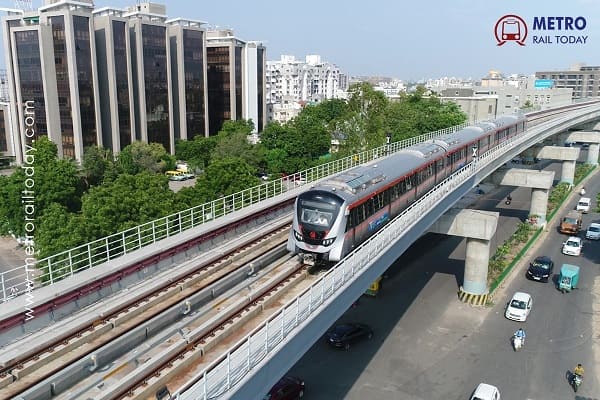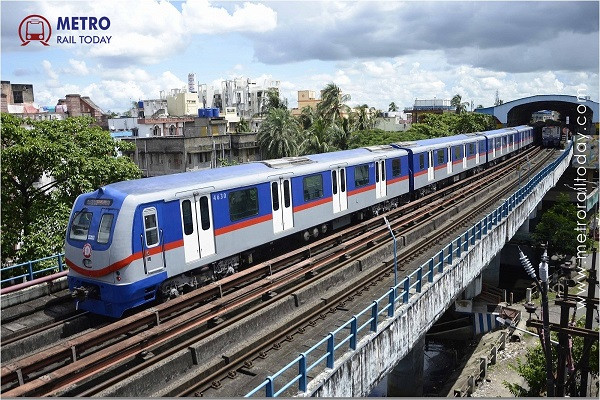 Know latest progress of Kolkata Metro Expansion, 20 km length stuck over land issues
Know latest progress of Kolkata Metro Expansion, 20 km length stuck over land issues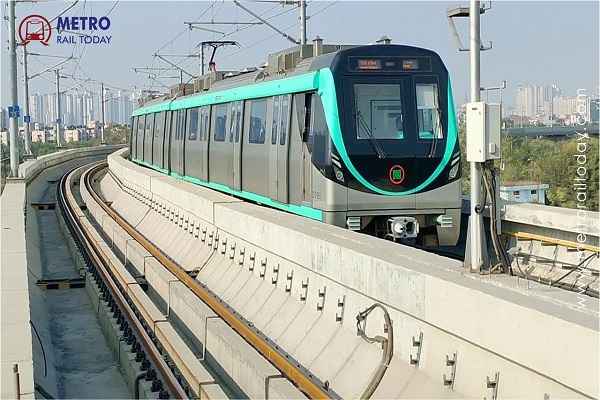 Ayesa India wins Design Consultancy Contract for Noida Metro Aqua Line Extension
Ayesa India wins Design Consultancy Contract for Noida Metro Aqua Line Extension Vossloh Cogifer bags Track Infrastructure Contract for Delhi Metro Phase 4 Corridors
Vossloh Cogifer bags Track Infrastructure Contract for Delhi Metro Phase 4 Corridors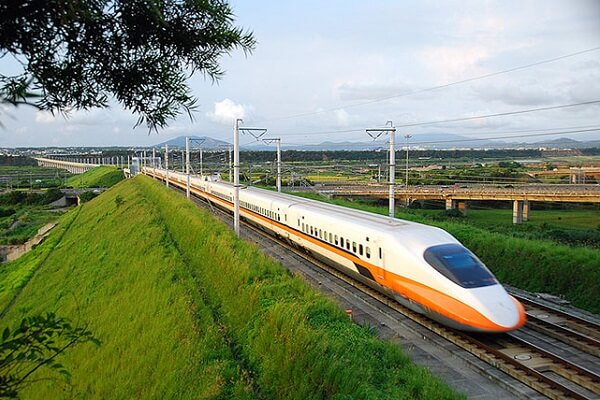 Railway finalised revised alignment for ₹16,000-crore Pune–Nashik Semi High-Speed Rail Corridor
Railway finalised revised alignment for ₹16,000-crore Pune–Nashik Semi High-Speed Rail Corridor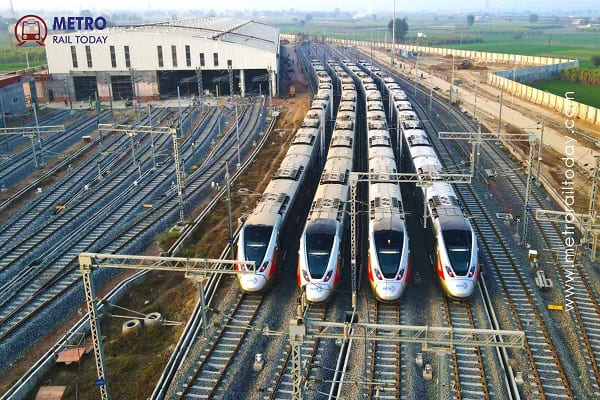 India’s First High-Speed, Signalling-Integrated CMV launched for Namo Bharat RRTS Corridor
India’s First High-Speed, Signalling-Integrated CMV launched for Namo Bharat RRTS Corridor TuTr Hyperloop secures First-Ever Order from Deendayal Port Authority
TuTr Hyperloop secures First-Ever Order from Deendayal Port Authority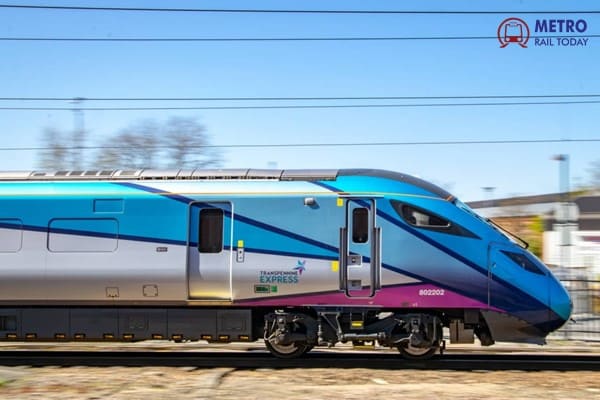 BEML bags ₹157 Crore Order from Loram Rail for Switch Rail Grinding Machines
BEML bags ₹157 Crore Order from Loram Rail for Switch Rail Grinding Machines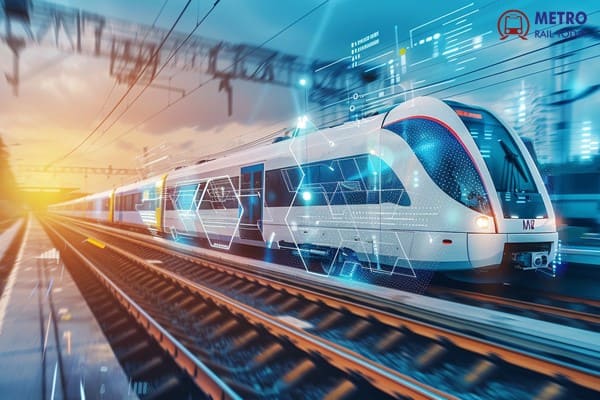 MxV Rail and KRRI forge Global Research Alliance to accelerate Next-Generation Rail Technologies
MxV Rail and KRRI forge Global Research Alliance to accelerate Next-Generation Rail Technologies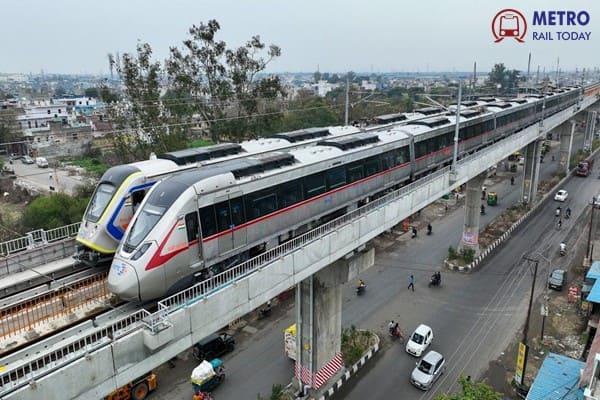 Uttarakhand seeks Pre-Feasibility Study for Meerut-Haridwar-Rishikesh RRTS Corridor
Uttarakhand seeks Pre-Feasibility Study for Meerut-Haridwar-Rishikesh RRTS Corridor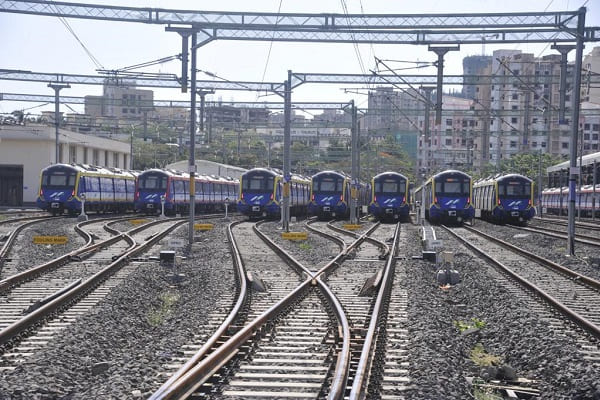 RIFTEK achieves major milestones in partnership with Indian Metro Rail Systems
RIFTEK achieves major milestones in partnership with Indian Metro Rail Systems
The Role of Private Sector Participation in Shaping the Future of Indian Railways
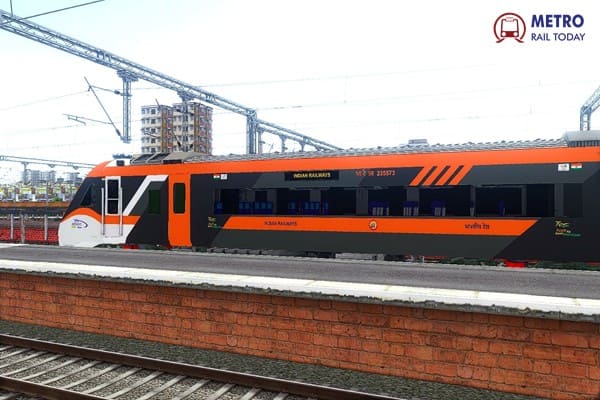
India's railway network, one of the largest and most extensive in the world, has long been a symbol of national unity, economic growth, and social integration. With over 68,000 km of tracks and serving approximately 23 million passengers daily, Indian Railways (IR) is not just a transportation system, but a lifeline for millions across the country. For decades, it has been at the heart of the Indian economy, facilitating the movement of goods, people, and ideas, while also fostering social cohesion.
However, despite its historical significance and continued importance, IR is grappling with several challenges. These include aging infrastructure, capacity constraints, financial strain, and the need for modernization. The government's ambitious plans to transform India into a $5 trillion economy have emphasized the urgent need for an efficient and modernized railway system that can accommodate both the growing population and the demands of a rapidly evolving economy. In this context, the introduction of private sector participation in Indian Railways presents both significant opportunities and considerable challenges.
The Opportunities: Modernization and Efficiency at the Forefront
Private sector involvement in Indian Railways brings the promise of much-needed capital, modern technology, and operational efficiency. Over the past few years, the Indian government has been experimenting with private players in the railway sector, particularly in the realm of passenger services. The introduction of private trains like the Tejas Express has provided a glimpse of what the future holds: modern amenities such as high-speed Wi-Fi, better seating arrangements, punctuality, and improved customer service. These additions have elevated the passenger experience, setting new benchmarks for quality and comfort.
Private sector involvement could also accelerate the development of dedicated freight corridors, which are critical to enhancing India’s logistics capabilities. Currently, road transport handles a substantial portion of freight traffic, leading to congestion and inefficiency. The introduction of private players could shift the focus towards rail transport, making it more competitive, sustainable, and cost-effective. This, in turn, aligns with India’s sustainability goals by reducing the carbon footprint of transportation.
For India’s aspiration of becoming a $5 trillion economy, a robust and modern railway system is non-negotiable. Private investment could bridge the gap where public resources are lacking, enabling faster infrastructure development, improved service standards, and a more competitive railway sector.
Job Creation and Skill Development: Empowering India’s Workforce
Beyond infrastructure and operational improvements, private sector participation holds the potential for significant job creation, especially in manufacturing, maintenance, and operations. As the demand for rolling stock and related infrastructure rises, private companies could establish manufacturing hubs in various regions, generating employment opportunities in Tier-2 and Tier-3 cities, areas that are often left behind in large-scale industrial growth.
Moreover, partnerships with global firms could facilitate the transfer of technology and foster skill development, positioning India as a hub for railway innovation and expertise. By training a new generation of engineers, technicians, and managers, India could develop a skilled workforce capable of leading the railway revolution not only within the country but also across the globe.
The Challenges: Balancing Profit with Public Service
While the opportunities are promising, the integration of private sector players into the railway ecosystem is not without its challenges. Indian Railways is not just a business entity; it is a social service that provides an essential mode of transport for millions of low-income citizens. The government heavily subsidizes passenger fares to ensure accessibility, but private players are typically profit-driven entities. This could lead to concerns about the prioritization of lucrative routes, potentially leaving rural and underserved areas with limited connectivity.
The fear is that private players, focusing on profitability, might opt for routes that serve higher-income passengers, such as high-speed corridors between major cities, while neglecting economically weaker sections that rely on IR’s subsidized fares for daily commuting. Ensuring that private operators maintain a commitment to inclusive connectivity will be one of the key challenges in the transition.
Another challenge lies in ticket affordability. With private players often looking to maximize profits, ticket prices could rise, further alienating low-income commuters who depend on subsidized rates for their livelihoods. The delicate balance between commercial success and public service will be crucial to the success of private sector involvement.
Regulatory Clarity and Safety: Critical Components of a Smooth Transition
The regulatory environment for private sector participation in Indian Railways must be clear, transparent, and stable. Ambiguities in policy, land acquisition delays, and bureaucratic red tape could hinder investment and create barriers for private players looking to enter the market. Clear guidelines and a stable policy framework are essential to ensure smooth collaboration between public and private sectors.
Safety is another area that cannot be compromised. Indian Railways has a mixed safety record, with occasional accidents highlighting the need for stringent safety standards. Private operators must meet high safety benchmarks to ensure the well-being of passengers and freight. There will need to be rigorous oversight to ensure that safety standards are uniformly maintained across all operations, regardless of the operator.
Moreover, the integration of private players must be carefully managed to avoid disrupting the livelihoods of the 1.2 million employees of Indian Railways. A large workforce is entrenched in the public sector, and their skills and job security must be preserved even as new players enter the field. This will require a thoughtful approach to workforce transition, retraining, and ensuring that jobs are not lost in the process of modernization.
Government’s Push for Private Sector Participation
The Indian government has taken several steps to encourage private sector participation in railways. In 2020, the government announced plans to introduce 151 private trains, and a massive Rs. 50 lakh crore investment has been earmarked for railway infrastructure by 2030. These efforts signal a clear intent to involve the private sector in the modernization of Indian Railways.
However, success will depend on a collaborative approach that balances the goals of profitability with the broader social and economic objectives of the railway system. Public-private partnerships (PPPs) must align commercial objectives with social obligations, ensuring that investments benefit both operators and the millions of passengers who rely on the trains every day.
The Way Forward: A Collaborative Future
Private sector participation in Indian Railways is not just about modernizing the trains or increasing operational efficiency; it is about reimagining the future of mobility for a billion dreams. With the right balance of innovation, inclusivity, and regulation, the Indian railway system can evolve into a global leader in transportation.
As the tracks are laid for this transformation, it is crucial to ensure that the journey is navigated with foresight, collaboration, and an unwavering commitment to the people who rely on the railways. By embracing private sector expertise while safeguarding public interest, India can unlock the full potential of its railway network, ensuring it continues to be a symbol of progress, unity, and connectivity for generations to come.
What is Next?
We invite you to join us at the upcoming 5th Edition of RailTrans Expo 2025, where key industry leaders and stakeholders will gather to explore new business opportunities in the rail and mobility sectors in India. This is your chance to connect with top players, discuss innovative solutions, and contribute to shaping the future of India's rail infrastructure. Don’t miss out on this opportunity to be part of India’s rail revolution.
See you at RailTrans Expo 2025!






